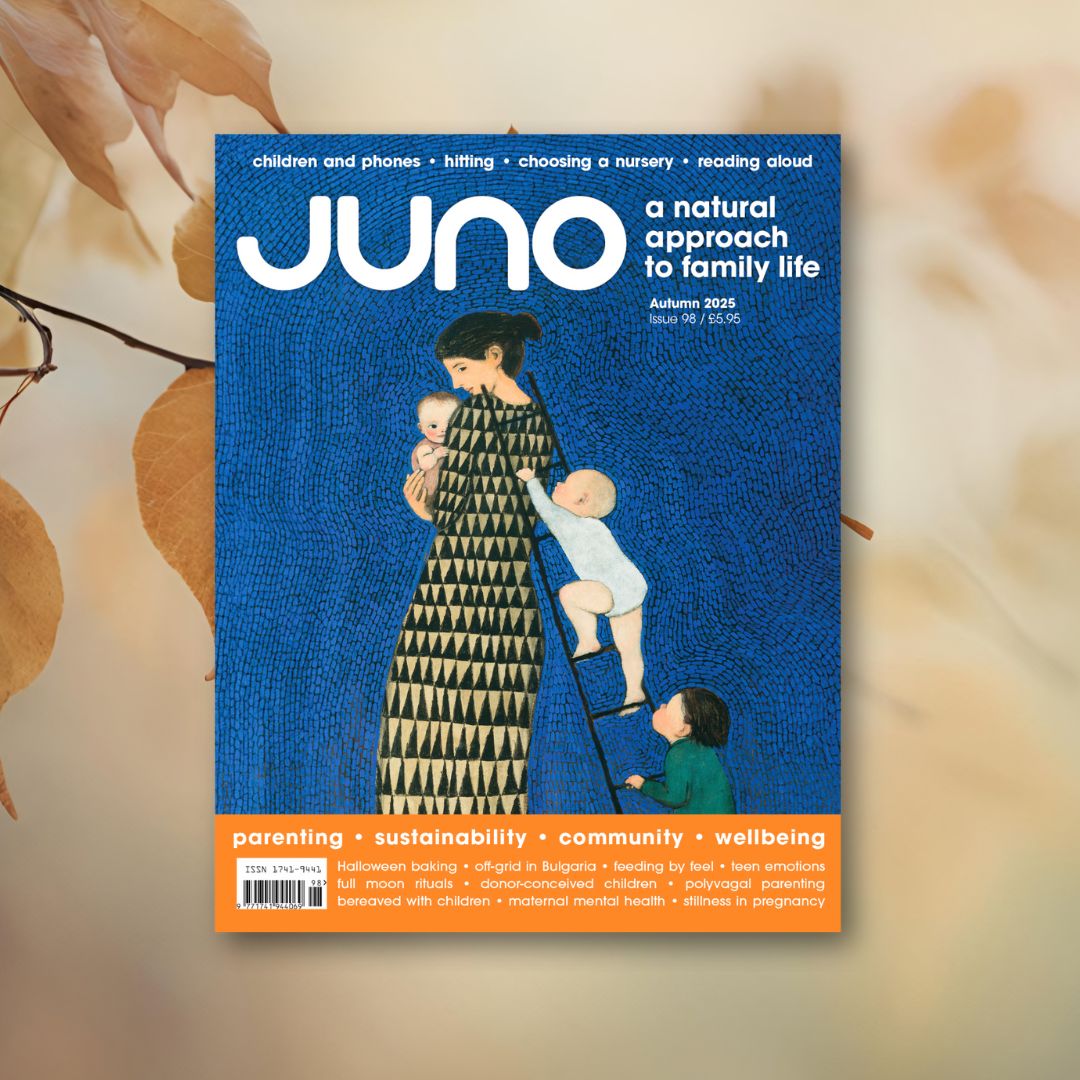A nice alternative to the brightly wrapped plastic boxes filling the supermarket shelves, and an activity that children of many ages can get involved in. Jess Hazel and Rosalind Howard show us how to make a natural and beautiful addition to an Easter table.
Your kitchen is full of natural dyes. Common food items such as red cabbage, turmeric and coffee can be used to transform plain eggs into colourful Easter gems. Children will especially love discovering all the different colours they can create – let them experiment using cooled hard-boiled eggs and bowls of cold dye. You can also try boiling the eggs in the dye for different results. Natural dyes can sometimes produce unexpected results, so don’t be surprised if, for example, your red cabbage dye yields blue eggs.
YOU WILL NEED
- Natural dyeing agents – we used red cabbage, turmeric, beetroot, spinach and coffee
- Large pan
- Fine-mesh sieve
- Small bowls
- White vinegar
- Eggs – we used a mix of white and brown for different results
TO MAKE
Put your choice of colouring ingredient (beetroot, coffee, spinach, red cabbage or turmeric) into a pan with 2 cups of water and bring to a boil. Cover, reduce heat to medium-low and simmer for 10 minutes. Strain through a fine-mesh sieve, discarding any solids, and then stir in the vinegar. Set aside to let cool until warm or room temperature, and then decant into small bowls. Repeat the process for each dyeing agent.
To colour the eggs, submerge in dye, turning often for even coating, until the desired colour is reached. We left our eggs overnight. For more colours, dye the eggs first in one colour, then wipe them dry and dye them in a second colour.
The tradition of dyeing eggs goes back to medieval times when people made “pace” eggs to celebrate spring and Pasch, the original name given to Easter or Passover.
____
First published in Issue 48 of JUNO. Accurate at the time this issue went to print.






